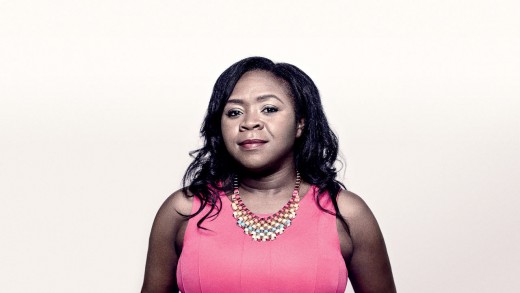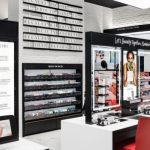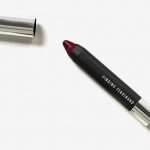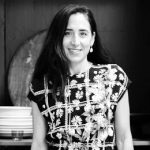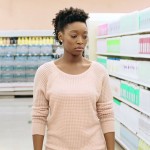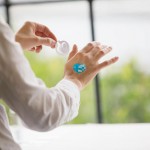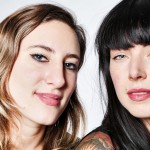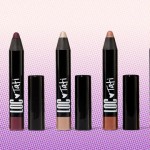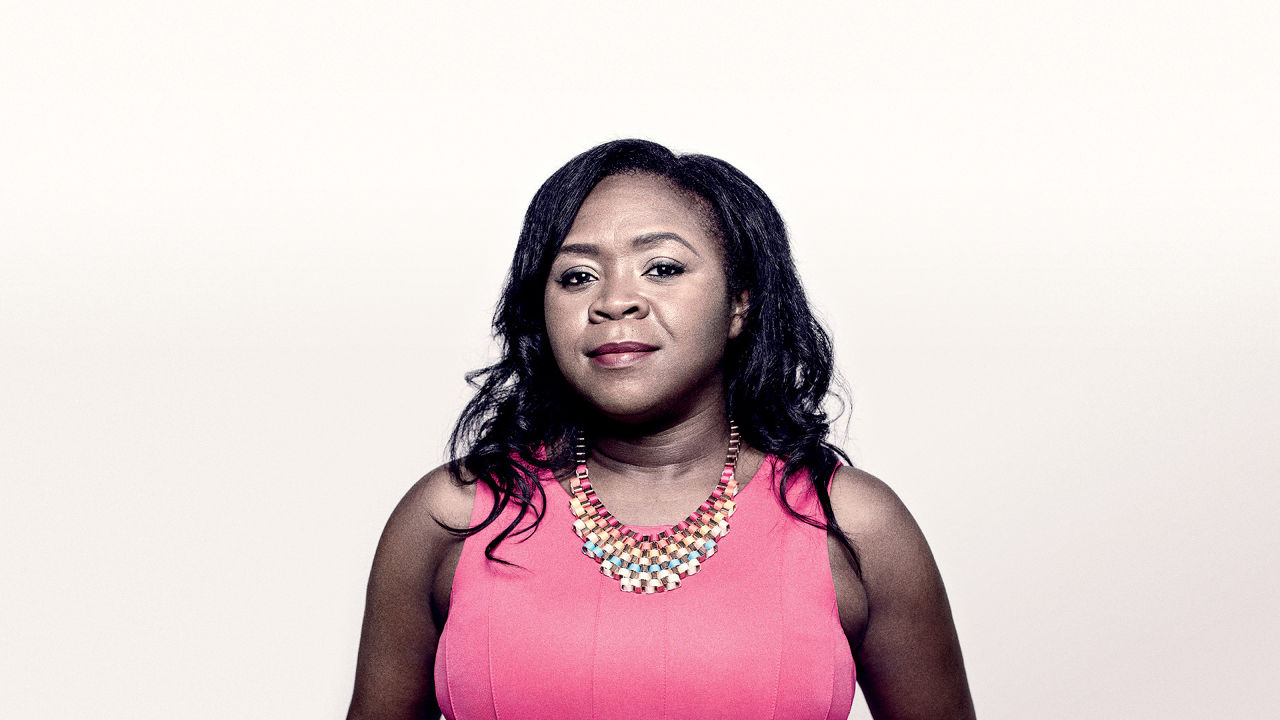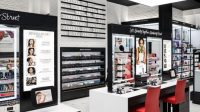The L’Oréal Chemist Who’s altering The Face Of make-up
A simple side mission to advance a richer line of basis has given upward push to a company-huge campaign to break colour limitations.
October 1, 2015
When the Kenyan actress Lupita Nyong’o changed into Lancôme’s first black spokesperson closing 12 months, style magazines and blogs welcomed the news as a sign that the legendary make-up brand is embracing women of colour—especially individuals who have traditionally had trouble finding the appropriate colorings in drugstore aisles and shops. On billboards and in journal advertisements, the 32-12 months-previous Academy Award winner wore the logo’s newest foundations, in hues that were deeper and darker than anything Lancôme had up to now launched.
at the back of the scenes, at the headquarters of L’Oréal Paris, Lancôme’s dad or mum firm, Nyong’o’s appointment signaled a broader effort by using the cosmetics massive to stay in advance of shopper demand by means of placing range and globalization on the heart of its strategy. within the U.S., the multicultural beauty market is at present outpacing the overall industry, posting a 3.7% increase in 2014, in line with analysis agency Kline & Co. What’s more, the global cosmetics industry is now value an estimated $197 billion, and is growing by about four% annually. In 2014, so-referred to as new markets (anything outside North the usa and Western Europe) accounted for 39.6% of L’Oréal’s $29.9 billion in sales. To take a fair greater slice of that international pie, the company is investing in products tailored to the varied skin tones of ladies in places like South Africa and the center East, as well as in the U.S..
some of the keys to this technique is L’Oréal chemist Balanda Atis, who created the (literal) foundation for Nyong’o’s Lancôme campaign and now heads L’Oréal’s ladies of shade Lab in Clark, New Jersey. The lab, which opened in 2014 and includes scientists, entrepreneurs, and product developers, is tasked with formulating groundbreaking merchandise for multicultural women, together with foundations, lipsticks, and eye makeup.
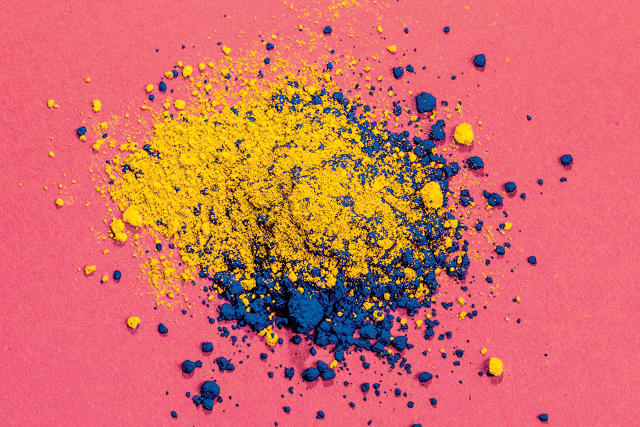
It’s a personal quest for Atis, who grew up in a Haitian neighborhood in East Orange, New Jersey. over the years, she noticed friends and family fight to seek out make-up that appeared good on their skin. “the colours have been ceaselessly too pink, giving the pores and skin a bruised look, or too black, making the skin look muddy,” she recalls. She joined L’Oréal in 1999 as a researcher within the mascara lab, the place she racked up patents for merchandise that make lashes plumper and longer. And though she favored her own firm’s attempts to be more inclusive, releasing makeup catering to African-American and Latina ladies with campaigns that includes celebrities like Beyoncé and Jennifer Lopez, Atis still discovered the new formulations too faded for a lot of ladies.
This has been a problem for all the cosmetics industry, in line with Karen grant, a global magnificence-trade skilled at research agency NPD. “A cosmetics company needs to devote various instruments to efficiently create merchandise for a brand new market section,” furnish says, citing the cost of scientific research, focus teams, and teaching shops, among different issues. and then there’s the perception that women of colour spend less on make-up than Caucasian girls, which supposed that the path of least resistance for many firms was to persist with the merchandise they knew best possible. It’s real that ladies of color have traditionally spent less on make-up: A recent NPD survey found that most effective forty two% of black women use makeup, compared with 64% of white women. but supply says this is mostly as a result of there are fewer merchandise to be had to them. “It’s a cycle,” she says.
Atis needed to alter this dynamic. In 2006, L’Oréal’s R&D workforce presented the corporate with new foundations that had been intended to be a leap forward for women of coloration. When Atis tried them, though, she still might not discover a in shape for herself; the colorings simply didn’t run dark sufficient. She informed the pinnacle of L’Oréal’s makeup division that its new range fell quick, and was met with a problem: when you assume it’s fixable, let’s see what you are able to do. although L’Oréal didn’t unlock Atis from her mascara initiatives to work on foundations full-time, her managers allowed her to use the labs on the aspect. Atis quickly enlisted two other scientists who have been equally dedicated to this mission, and the task power acquired began.
finding the fitting information used to be step one. For several years, Atis’s group crisscrossed the u . s . a ., the usage of unique probes that measure gentle absorption to judge women’s skin tones. again at the lab, they used this data to create prototype colorations. Their main hurdle used to be that darker colorants often used within the business looked dull on skin.
The workforce’s revelation came when they stumbled upon a hardly used pigment, ultramarine blue, that created deep, pure colours without sacrificing texture and vibrancy. It used to be an enormous bounce forward. all over container assessments, girls with dark complexions embraced the brand new hues.
When Atis presented her analysis to L’Oréal’s prime brass, they pulled her onto the duty full-time and ultimately leveraged her work to create more than 30 new colorings throughout L’Oréal’s manufacturers, from the mass-market Maybelline to the upscale Lancôme. “What Balanda began continues to be altering the sport lately,” says Malena Higuera, senior vice chairman of promoting at L’Oréal Paris. “We’re the usage of these improvements to build first-to-market breakthroughs.”
Atis’s research team, meanwhile, has grown into the ladies of color Lab, where she has a brand new purpose: to make it possible for ladies in every of the 140 international locations the place L’Oréal merchandise are to be had can find make-up that fits the texture and colour of their pores and skin. “We’re at all times taking a look at new colorants and other uncooked materials,” she says. “We want to show that we can handle the needs of girls of shade on a global scale through scientific innovation.”
(99)

